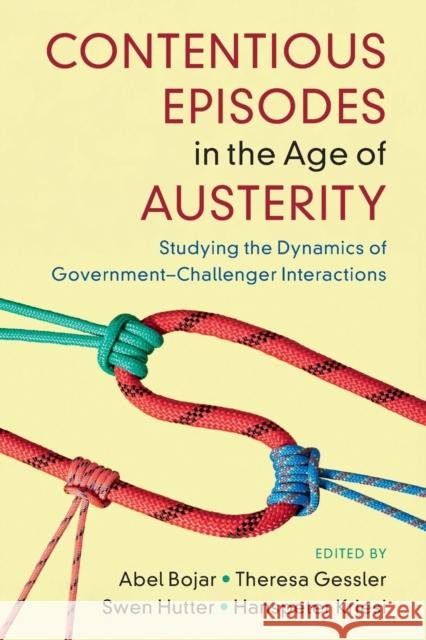Contentious Episodes in the Age of Austerity: Studying the Dynamics of Government–Challenger Interactions » książka
topmenu
Contentious Episodes in the Age of Austerity: Studying the Dynamics of Government–Challenger Interactions
ISBN-13: 9781009002011 / Miękka / 2023 / 350 str.
Contentious Episodes in the Age of Austerity: Studying the Dynamics of Government–Challenger Interactions
ISBN-13: 9781009002011 / Miękka / 2023 / 350 str.
cena 112,32 zł
(netto: 106,97 VAT: 5%)
Najniższa cena z 30 dni: 111,45 zł
(netto: 106,97 VAT: 5%)
Najniższa cena z 30 dni: 111,45 zł
Termin realizacji zamówienia:
ok. 22 dni roboczych
Bez gwarancji dostawy przed świętami
ok. 22 dni roboczych
Bez gwarancji dostawy przed świętami
Darmowa dostawa!
Provides researchers with a novel methodological tool to study interactions between governments, challengers, and third-party actors.











